Lo Milo – The interventionist line
The Bosnian-born artist Lo Milo (born 1992) painted his first graffiti pieces at the age of 12 before establishing the crew named RFA (Ready for action) with JOKE in Prijedor in 2009. At that time he tagged and painted different names with car paint, because there were no graffiti stores in this small town in Bosnia then as now. At that time Lo Milo pursued style writing more and more on online portals as well as on the Berlin platform Streetfiles. The subcultural movement, which was now internationally and globally accessible online for everyone, fascinated Lo Milo, who at that time had a special interest in characters and was strongly impressed by the artists Morka from Kastav (Croatia) and Lunar from Zagreb (Croatia). Besides writing, Lo Milo played music, especially keyboard for a dub/funk band. Besides he did illustrations for record covers, posters and flyers before deciding to study art in 2011. He studied fine arts for four years for a Master at the Academy of Fine Arts and Design in Ljubljana and completed a year at the Umprum Academy of Arts, Architecture and Design in Prague. During this time he developed his abstract style with a graphic approach, with an interest in print and textures, hard cuts and the recurring line he always uses freehand, no matter what technique he uses. And also his signature, his tag lo, consists of a single wormed line. Since about 2014 Lo Milo has been painting more and more outside, in the city or in abandoned places or in the nature around Ljubljana where he still lives today.
Quit, Prijedor, Bosnia 2004 ©Lo Milo Lo Milo, Prijedor Bosnia 2012 ©Lo Milo RFA, Prijedor Bosnia 2011 ©Lo Milo Soul, Prijedor Bosnia 2011 ©Lo Milo Lo Milo, Prijedor, Bosnia 2014 ©Lo Milo Lo Milo, Ljubljana, Slovenia 2015 ©Lo Milo Lo Milo, Prague, Czech R 2016 ©Lo Milo Lo Milo, Ljubljana, Slovenia 2016 ©Lo Milo
In situ means in dialogue with
Unlike before, he is particularly selective about where he places his paintings. These are spots in places that he noticed by chance through close observation while riding a bicycle or walking around and which he then photographs in order to paint later, or – if he has the painting utensils with him – he paints spontaneously right away. Lo Milo usually works spontaneously and always freestyle without any sketch in advance and develops the composition and optic in situ. He often integrates forms of elements from the immediate surroundings, such as the urban environment, the architecture, the nature, the texture of the wall or even raw materials from construction sites, such as grids or tubes lying around in wasteland. His painting tends to be in communication with the environment. Sometimes he integrates forms, lines or colors into his mural painting on the wall that is in the foreground of the architecture in the background. Painted in reduced forms, these elements in Lo Milo’s painting fallow the axis of the architecture. In other places Lo Milo plays with illusion by painting elements in the foreground such as pillars, swings, or a tree, which, from a certain location, form a single composition with the painting in the background. In other works in abandoned buildings, it is tubes in the foreground, whose curves are recorded in the painted lines on the wall, or the form of bars, cracks in the wall, or discolorations. These are also shown in the photographic recording of the temporary painting in its surrounding. In nature, Lo Milo intervenes with chalk spray on tree trunks or rocks with simple lines, a painterly short-lived intervention that works as a piece with a certain distance to the painting, as in the shot of the photograph. These land art pieces set fine accents with color without appearing alienating or aggressive in the chosen environment, but they rather seem to be in dialogue and harmony with the part of nature.
Lo Milo, Prijedor, Bosnia 2016 ©Lo Milo Lo Milo, Mostar, Bosnia 2017 street art Festival ©Lo Milo Lo Milo project with Prostorož, Ljubljana, Slovenia 2017 ©Lo Milo Lo Milo, Prague, Czech R 2017 ©Lo Milo Lo Milo, Prague, Czech R 017 ©Lo Milo Lo Milo, Ljubljana, Slovenia 2017 ©Lo Milo Lo Milo, Mostar Bosnia 2017 ©Lo Milo Lo Milo, Ljubljana, Slovenia 2017 ©Lo Milo Lo Milo, Milovice (CZ) 2017 ©Lo Milo Lo Milo, Ljubljana, Slovenia 2018 ©Lo Milo Lo Milo, Copenhagen, Denmark 2018 ©Lo Milo Lo Milo, Prijedor, Bosnia 2018 ©Lo Milo Lo Milo, Prague, Czech R 2018 ©Lo Milo Lo Milo, Ljubljana, Slovenia 2018 ©Lo Milo Lo Milo, Ljubljana, Slovenia 2018 ©Lo Milo Lo Milo, Katowice, Poland 2018 ©Lo Milo Lo Milo, Katowice, Poland 2018 Katowice Streetart ©Lo Milo Lo Milo, Gdansk, Poland 2018 ©Lo Milo Lo Milo, Prijedor, Bosnia 2018 ©Lo Milo Lo Milo, Prijedor, Bosnia 2019 ©Lo Milo
Collaged mixed media
Lo Milo paints with roller, brush and paint, spray paint with different caps and often he is using tape experimenting with a mixed technique. Mostly his paintings are constructed with two to four levels. With collage-like effects, negative-positive forms, puzzle forms, flat organic reduced forms and surfaces, lines and the play with free spaces of the background, he creates relatively spontaneous clear compositions, reduced, harmonious, playful and with a pictorial language of the modernity of the 20th century. Lo Milo realizes his painterly interventions mostly in the urban environment, which have a poetic effect at the chosen location and are in contact with the surroundings through their visual language. His choice of colors is not so strict because he usually uses the ones found in the street or are given to him as well as leftovers from collaborations. Although he prefers black paint, it’s rare to get it so the most of his paintings are in color. Next to some wall paintings, he placed a “digital color palette” on the right of the picture of the colors he used in the picture. The small squares, pixel-shaped, are arranged vertically in a row, and are a direct allusion to the digital age and the tools of certain software for image design. In this way, Lo Milo subtly incorporates elements of contemporary digital imagery into his kind of timeless analog wall paintings.
Studio works
Since his studies and working regullarly in the artist squat Rog in Ljubljana for six years, recycling materials for studio artworks has become the norm for Lo Milo. He uses both wood or cardboard, the colors he has, and likes to work collage-like on cardboard. In addition to acrylic, pencil and various markers, he also uses printing techniques such as screen printing for his graphic works.
In these he mixes elements such as simple lines, areas with textures, which are put together collage-like, and creates in his abstract visual language several smaller pictures in one picture. One of this smaller pictures functions as a kind of breakdown, because it is different, it breaks with the certain logic and provokes a small visual disturbance. Because LoMilo also likes to incorporate chaos in the order and to disturb the dominant visual language, he adds a kind of bug, a visual disturbance, like in digital videos. Lo Milo initially produced his drawings as unique pieces or prints for friends who asked him for, and continued to develop and experiment with many works on paper. A selection is currently available online with about 20 works.
But besides his studio work, Lo Milo prefers outdoor painting and implementing his image ideas inspired by surroundings. His understanding of his own painting activity is primarily directed to the process and not necessary to the result. He enjoys constant experimenting and improvising within abstract language, avoiding to strictly define himself with a certain form or style. He prefers combining different visual approaches regarding to the site-specific spot instead of endless repetition of the same motive ignoring the surroundings and context, as it often happens with abstract art in public spaces according to Lo Milo. He doesn’t refuse to participate in festivals or to design freely for institutions, but he looks closely at who is financing the projects he is asked to work on to avoid falling into the trap of speculators or real estate sharks, because the former squatter strictly refuses to become part of gentrification processes.
For quite some time now, Lo Milo has refrained from signing/tagging his wall paintings in lost places. For him it stands as a kind of statement, because he is ultimately concerned to create an interventionist painting in itself, with the work in situ, and not necessary with the identity/ego of the artist.
730 views
Categories
Tags:





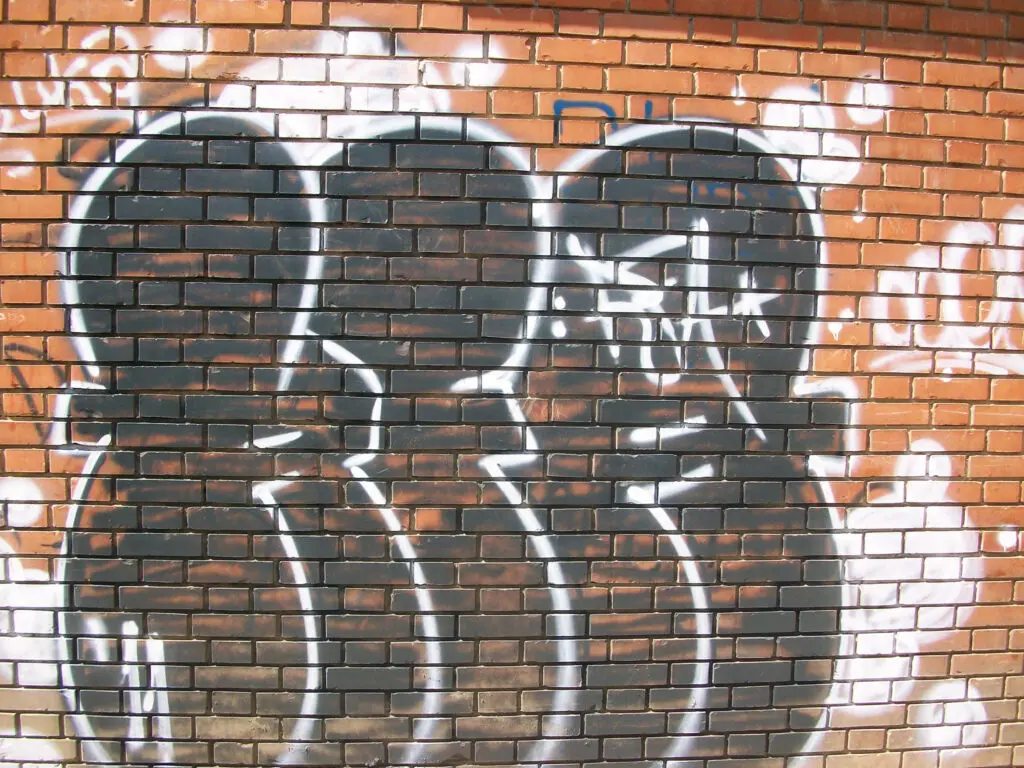
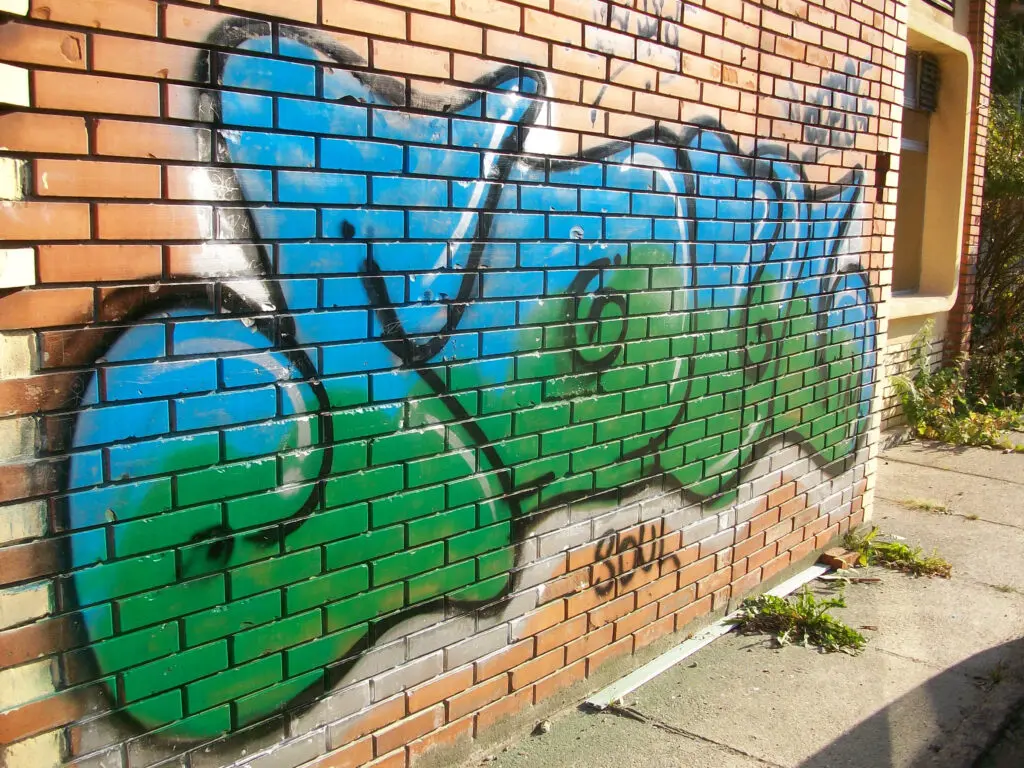
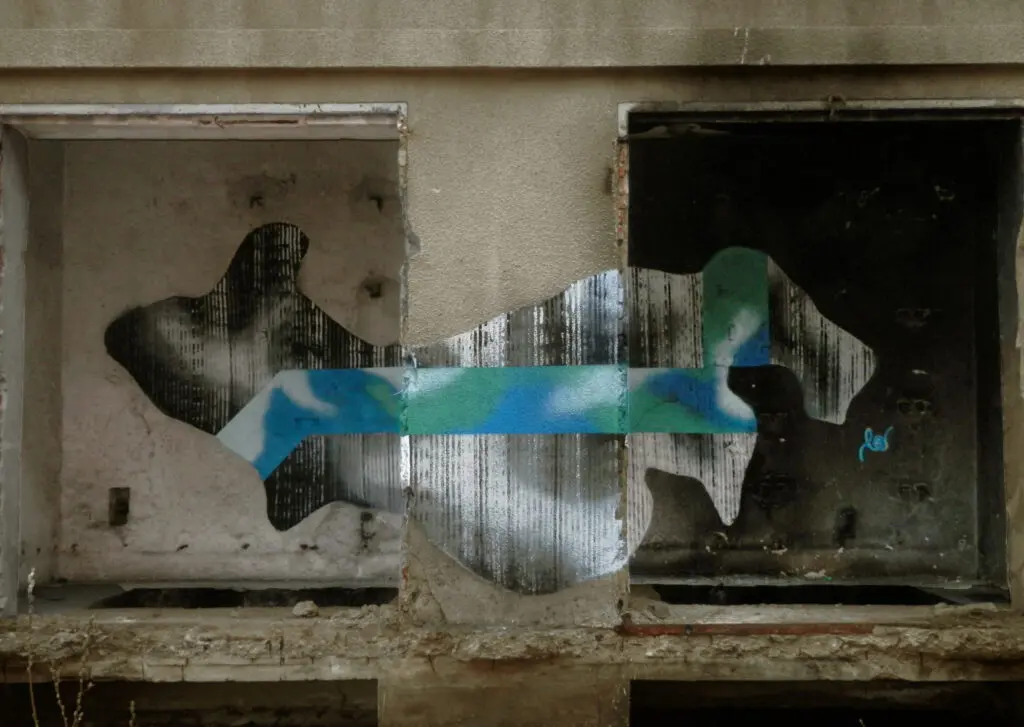


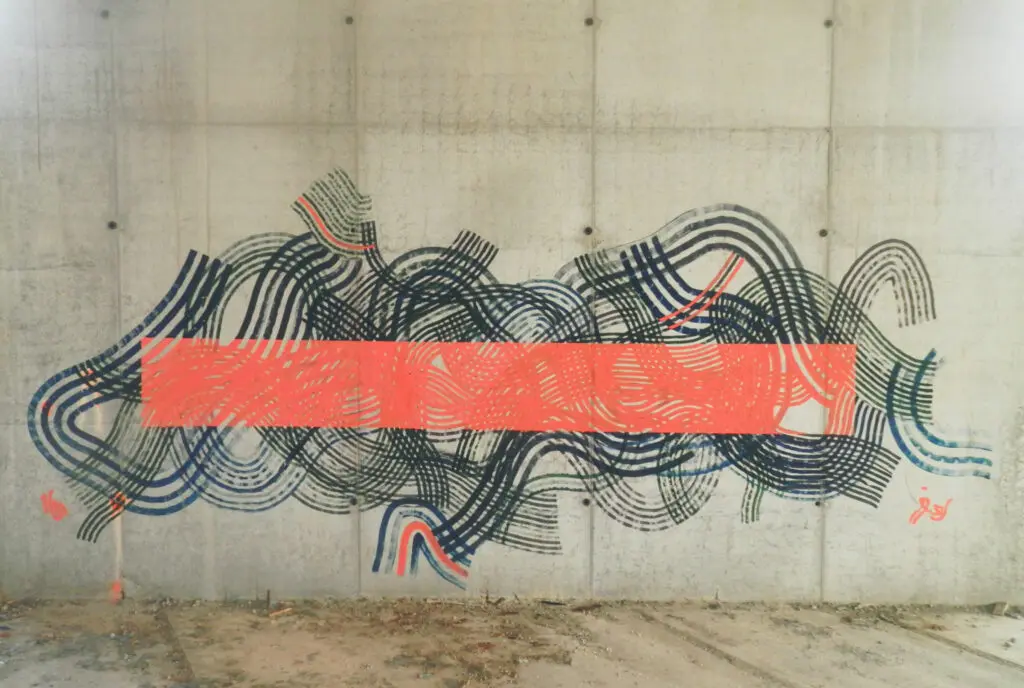



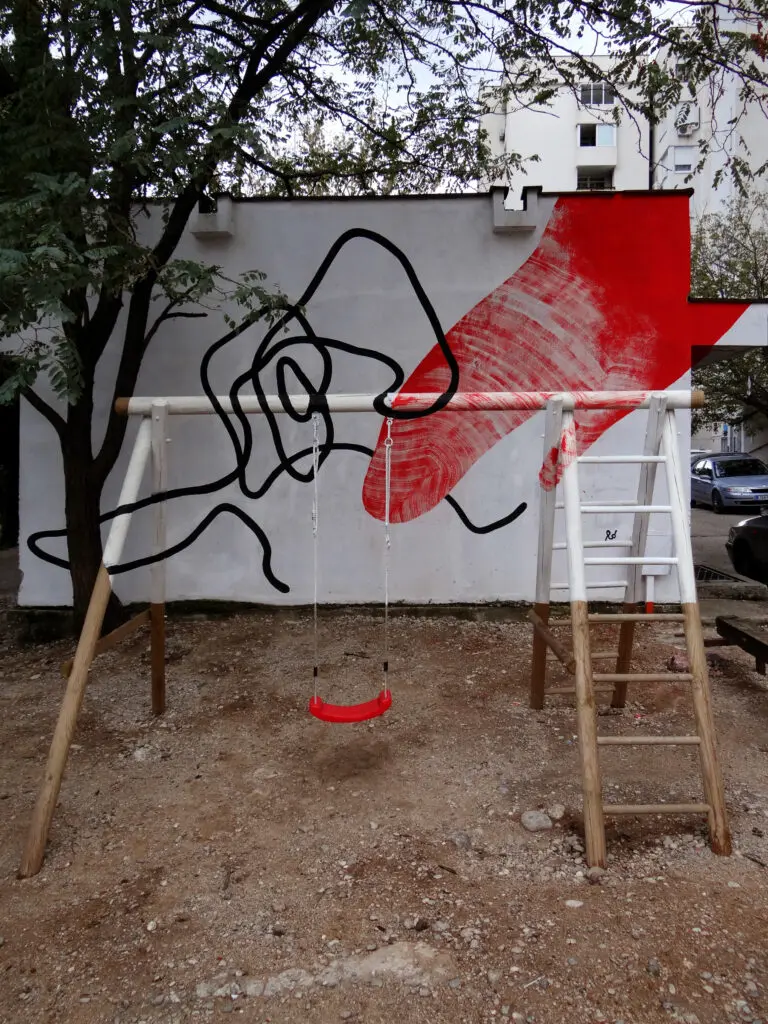

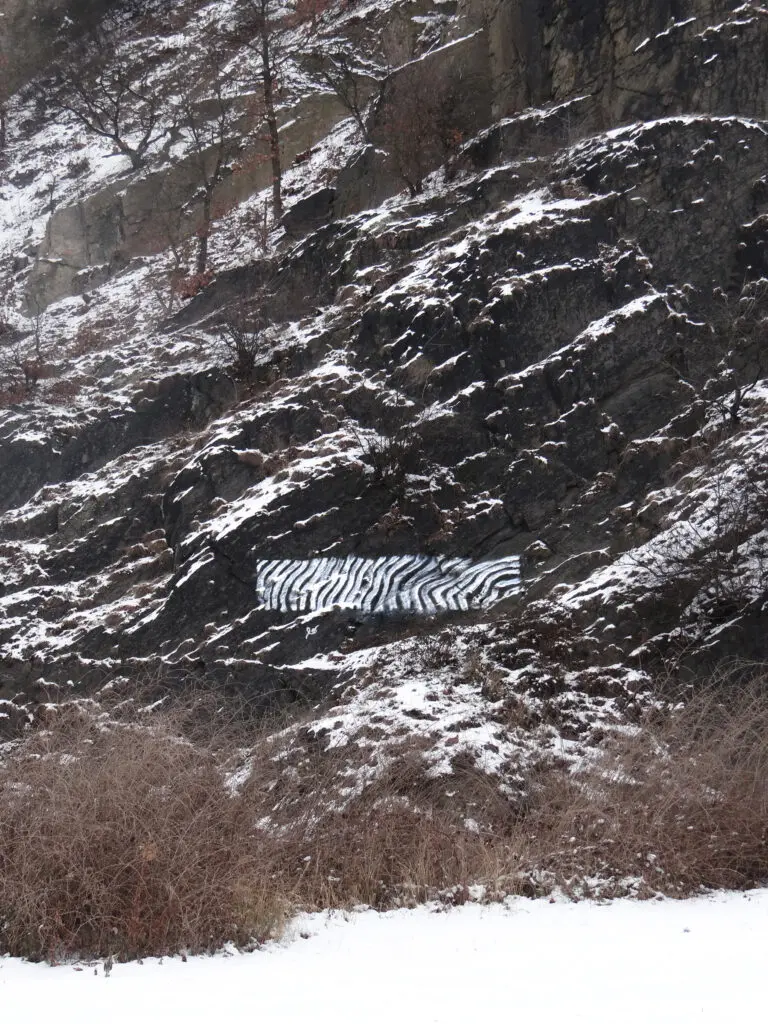
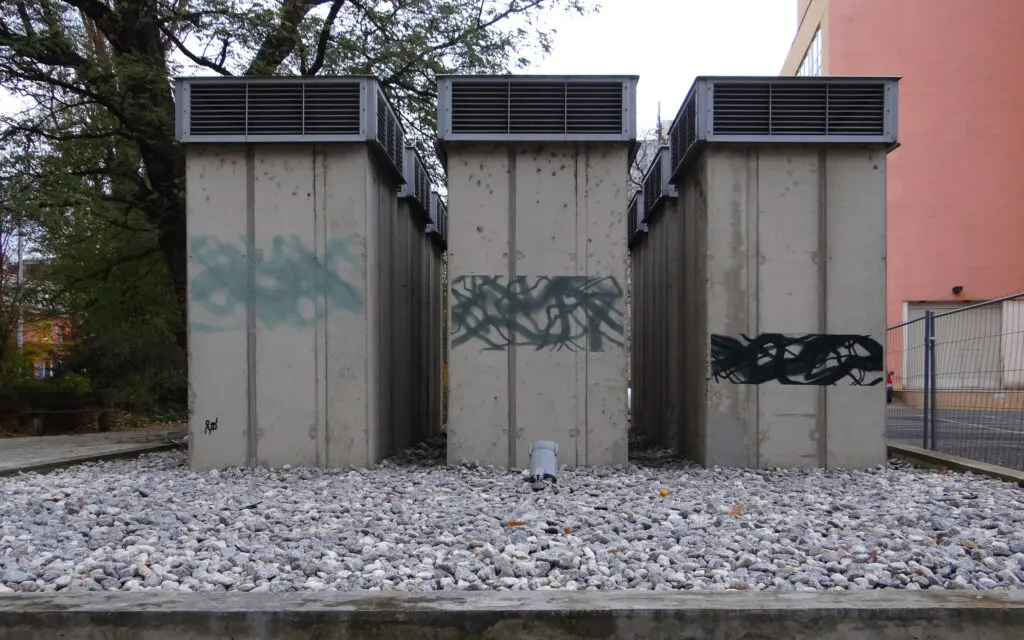


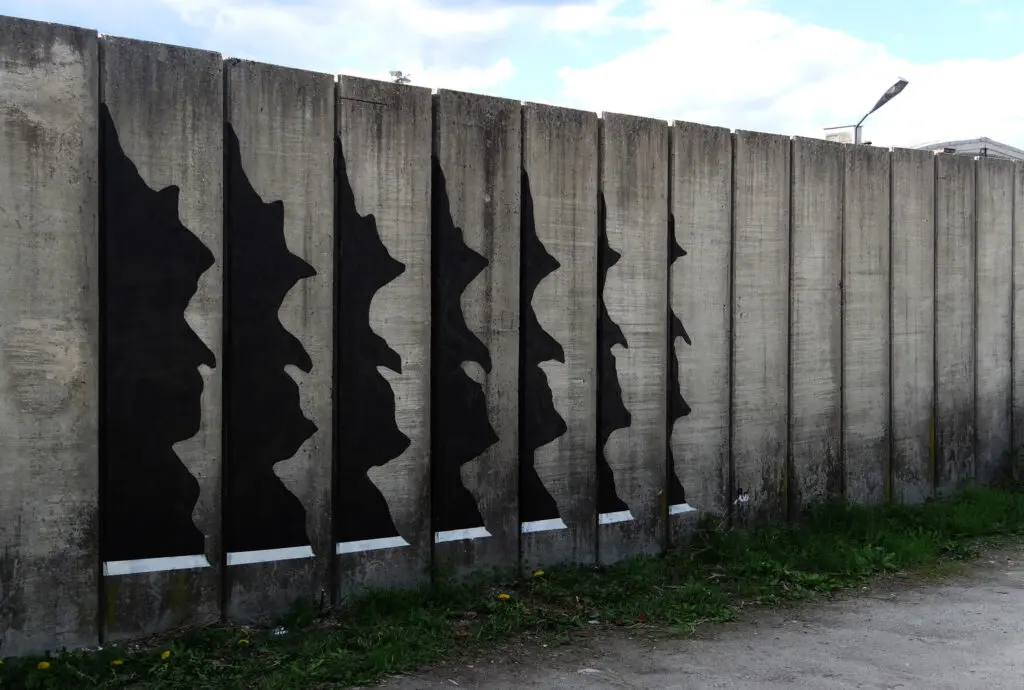
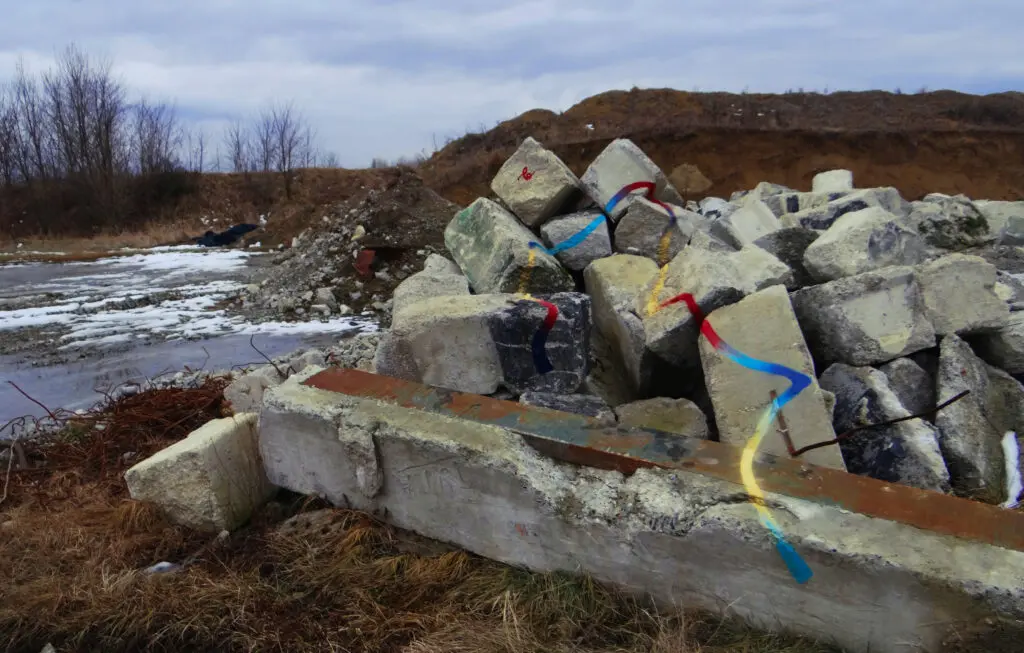
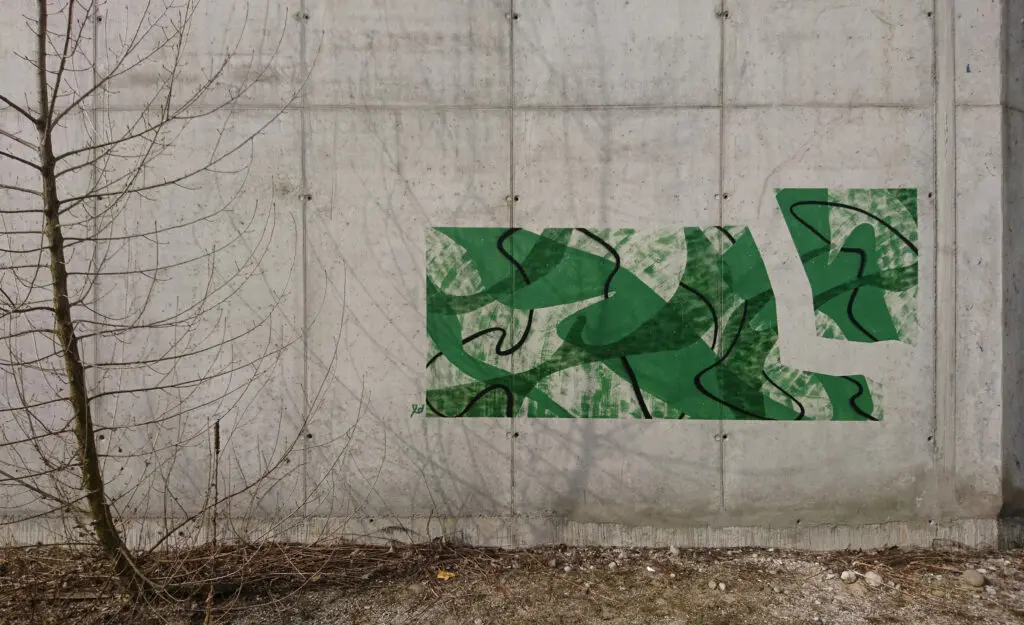
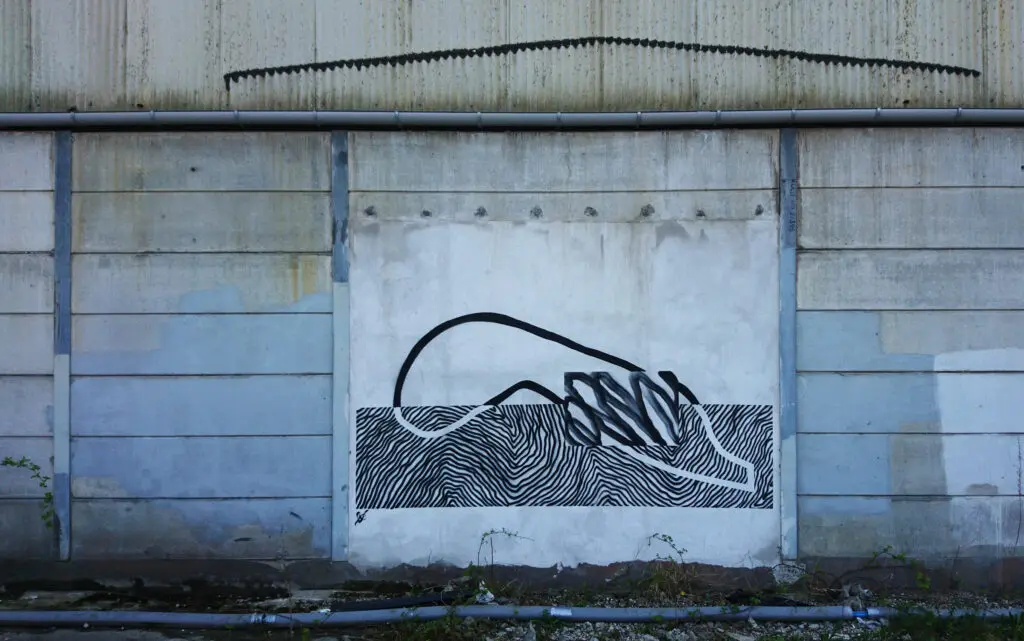


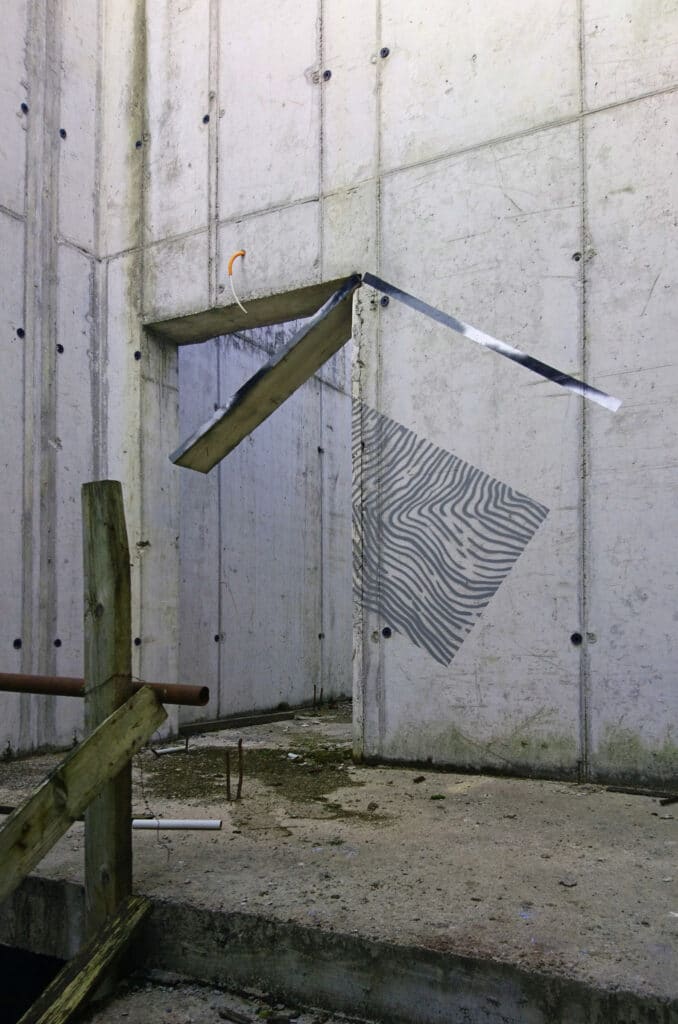


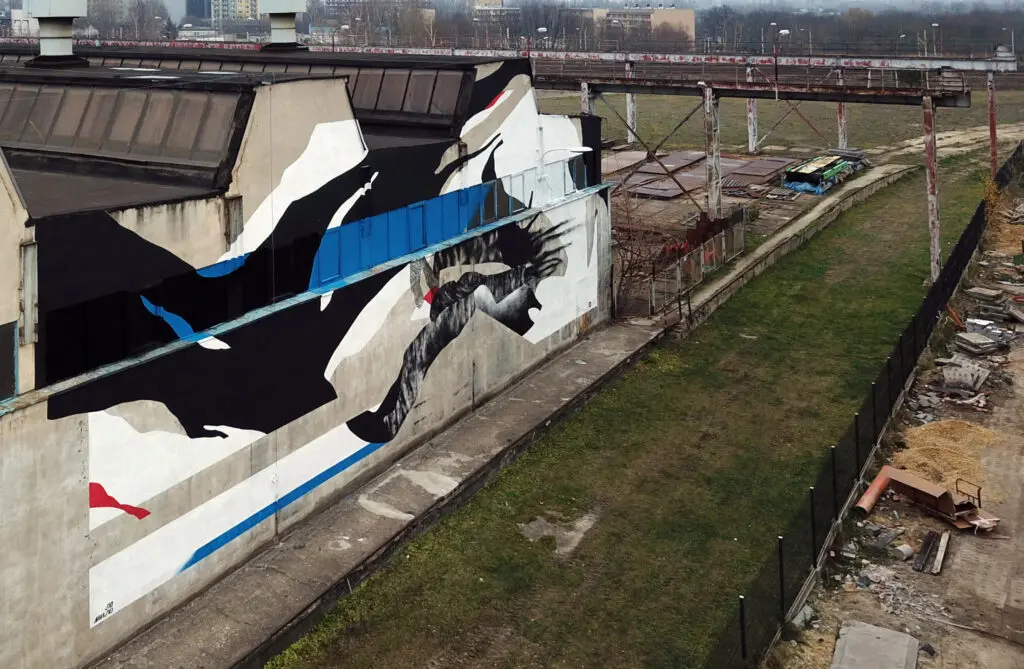



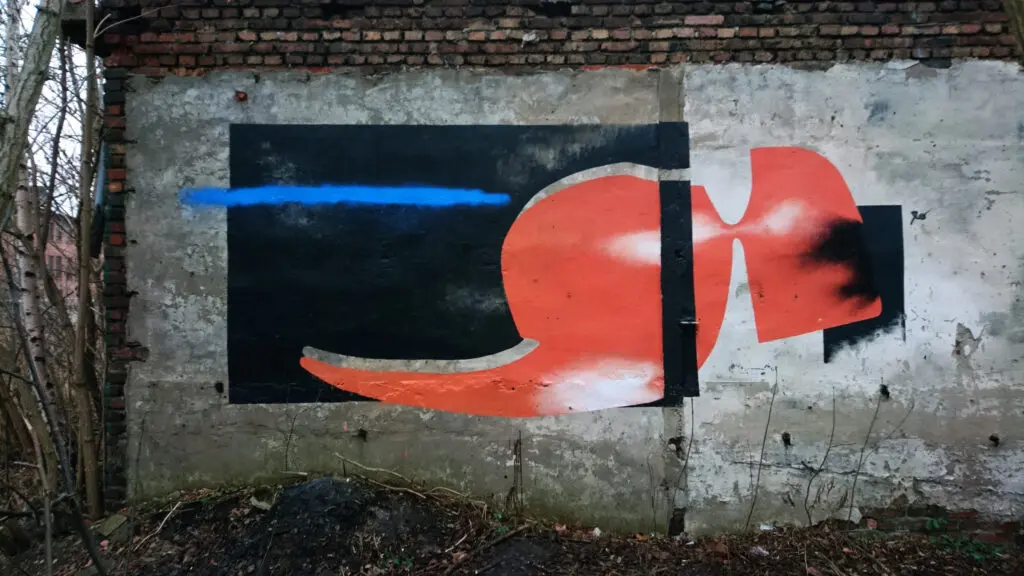
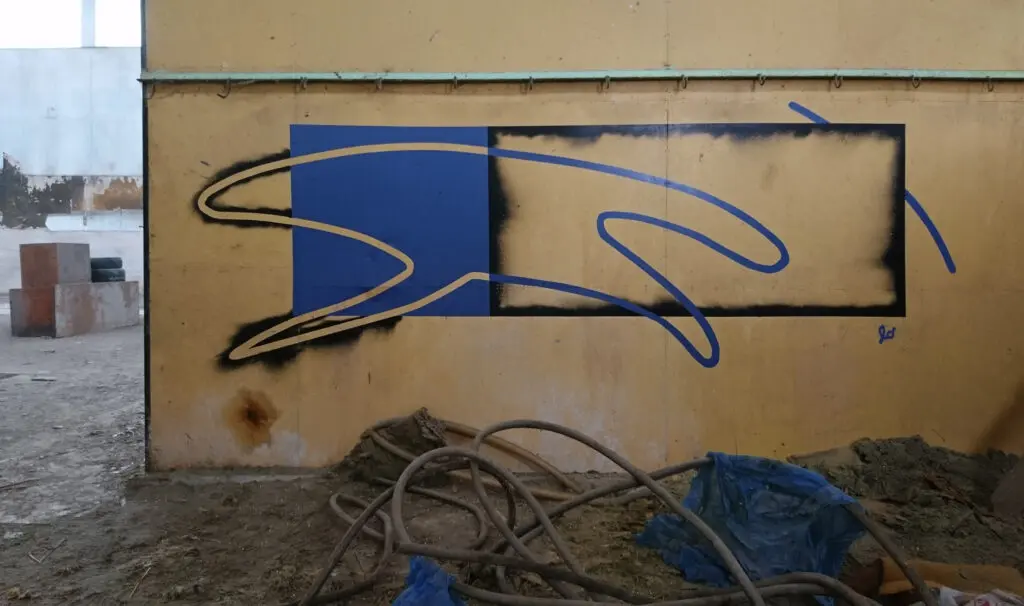



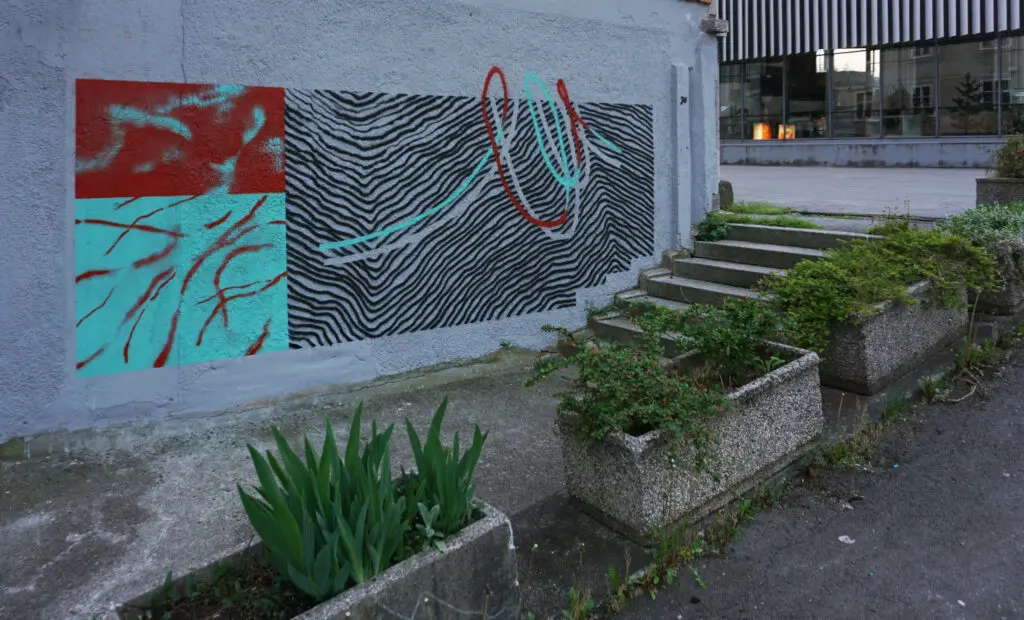
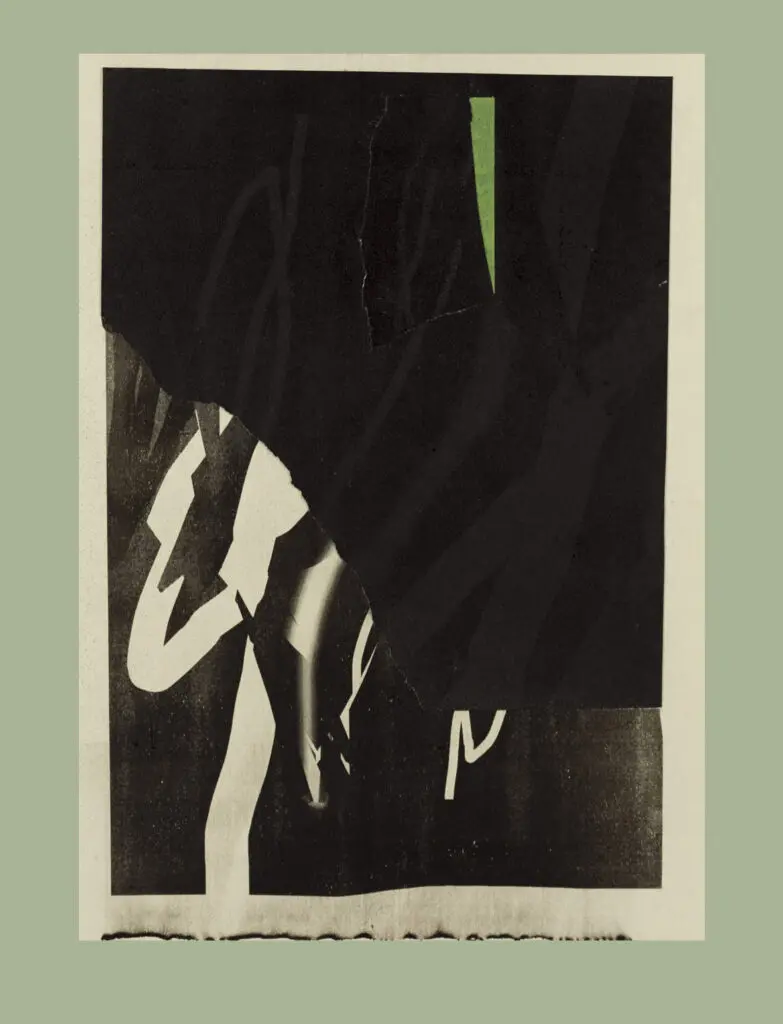
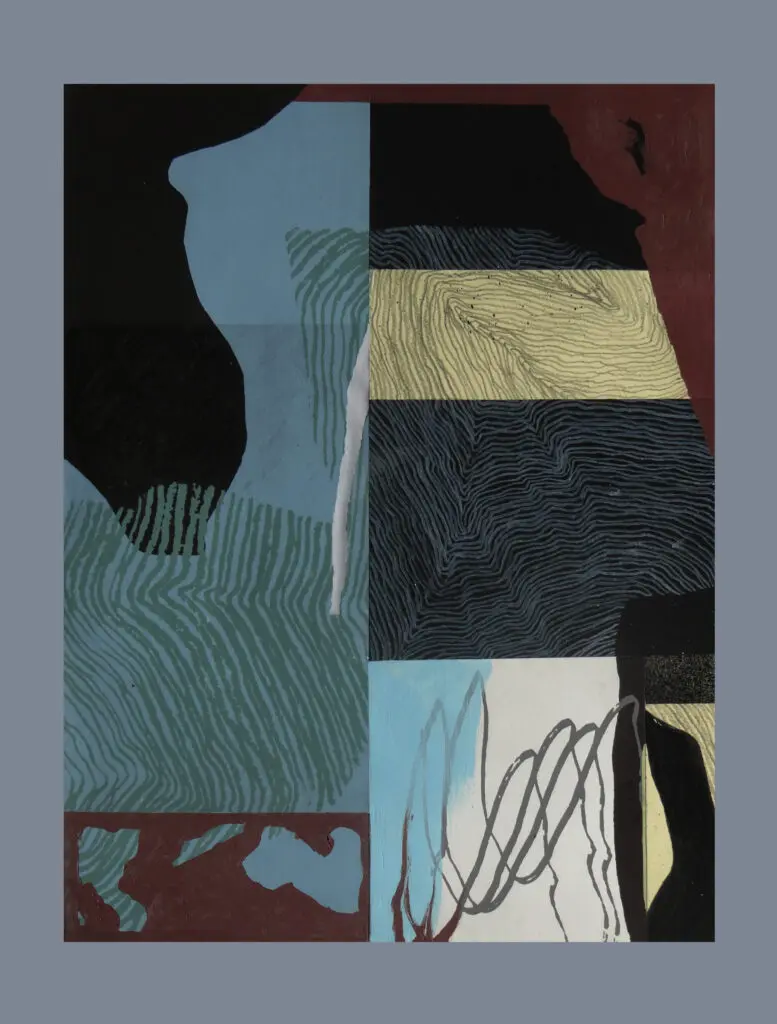


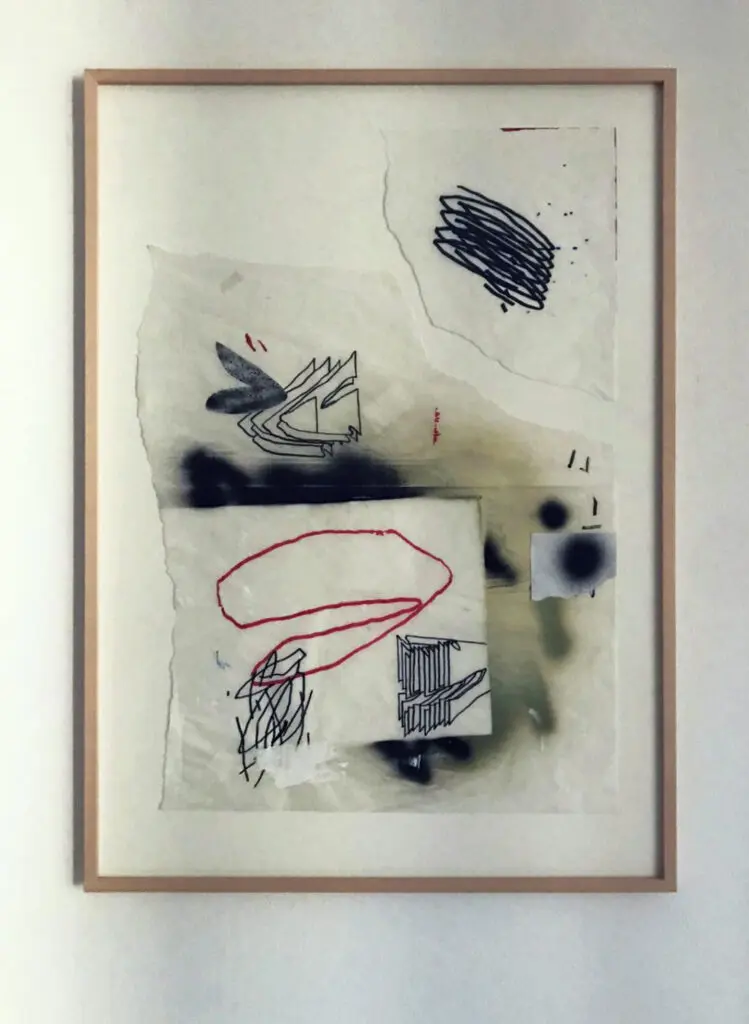
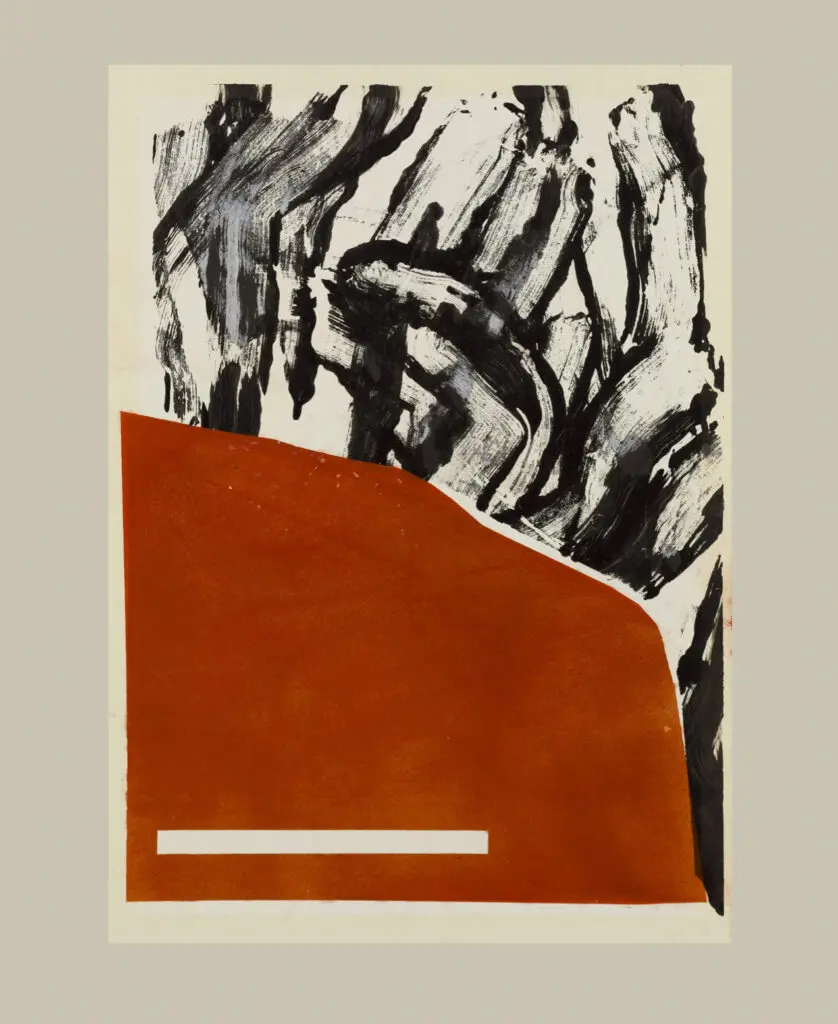
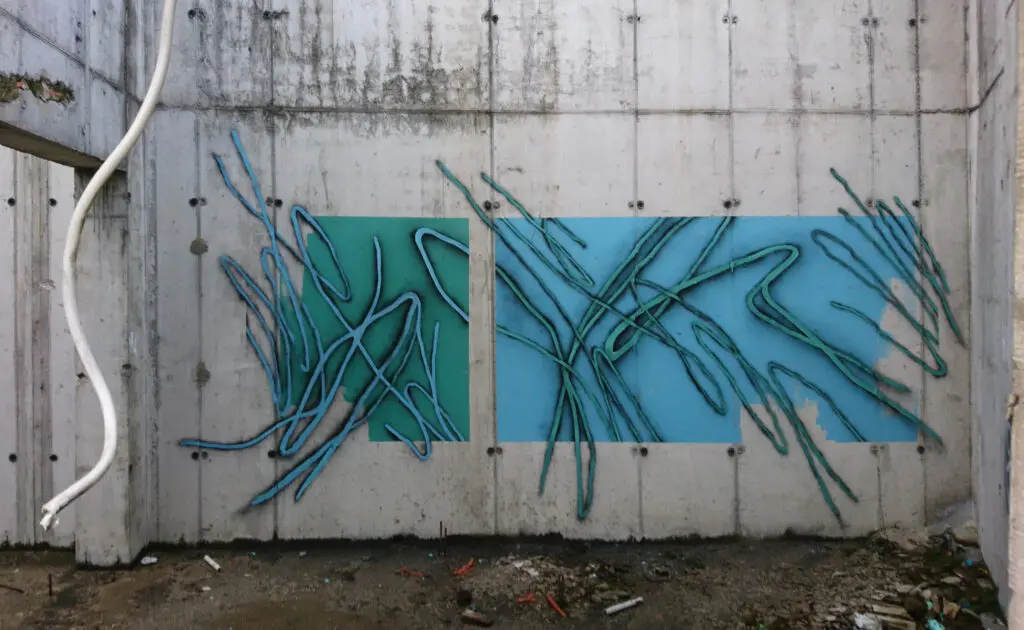



Leave a Reply